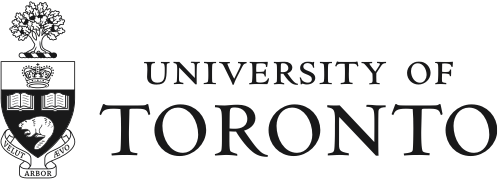UDL @ UVA
“The purpose of education is not to make information accessible, but rather to teach learners how to transform accessible information into usable knowledge.”
Introduction to the UDL Guidelines (CAST, 2012)
Join the conversation!
An email discussion list focusing on UDL has been created. You can easily join the list by linking to Join The UDL@UVA Email List.
Universal Design for Learning (UDL) is an educational framework that guides the design of learning goals, materials, methods, and assessments while keeping in mind the diversity of learners and the variety of characteristics and experiences brought to the academic experience.
Developed by CAST, this framework is a blueprint to improve and optimize teaching based on three primary guidelines - the Universal Design for Learning Guidelines:
- Engagement (The why of learning): Look for multiple ways to motivate your audience
- Representation (The what of learning): Provide information in more than one format
- Action & Expression (The how of learning): Suggest more than one way to interact with the material
Download the UDL Graphic Organizer
Courses designed around these theories and principles are not specifically creating an accessible environment. Rather, UDL is about designing interactions to be more accessible to all learners; offering the learner choice and control, and keeping learners engaged. Following these guidelines helps to create a learning environment which lends itself to greater accessibility.
How is UDL/Inclusive Design Different?
| Traditional Instruction | UDL/Inclusive Design | Accommodation |
|---|---|---|
| Static | Proactive | Reactive |
|
Evaluates the curriculum |
Evaluates the environment/culture |
Evaluates the student |
|
Actions follow unchanging script |
Actions are flexible and intentional |
Actions from cause/effect |
|
Instruction designed for instructor |
Designs instruction prior to arrival of students |
Retrofits instruction by providing accommodation |
|
Focuses on average |
Focuses on variability |
Focuses on individual disability |
|
Plans for the average |
Plans for the margins |
Modifies plans for individuals |
|
Values average |
Values variety |
Values conformity to normal |
|
Perceives no barriers to learning |
Anticipates and removes barriers |
Works around barriers |
Credit to Lillian Nave. Used with permission
"Plus-One Thinking"
Adopting a new framework can be daunting. Try "Plus-One Thinking". Instead of trying to create the perfect course, follow the three guidelines and in your current course structure and materials, add just one more option to each. One additional way to motivate, an additional method of providing information, and an additional way to interact with the material.
"For every interaction that learners have now -- with the materials, yes, but also with each other, with instructors and with the wider world -- provide one more way for that interaction to happen. The 'plus-one' approach helps to take what otherwise might look like an insurmountable amount of effort and break it down into manageable, approachable chunks. It also helps people to determine where to start applying the UDL framework so they can address current challenges and pain points in their interactions.” (Thomas Tobin)
Resources to Help Introduce You to the UDL Framework
- TED Talk by Todd Rose: "The Myth of Average" (VIDEO)
- Universal Design for Learning Series: Definition and Principles (Oakland Univ - VIDEO)
- UDL On Campus: Universal Design for Learning in Higher Education (CAST)
- UDL and the Brain (CAST)
- Applications of Universal Design in Postsecondary Education (Univ of Washington - DO•IT)
- Think UDL (Podcast)
- Reach Everyone, Teach Everyone: Universal Design for Learning in Higher Education (Thomas J. Tobin and Kirsten T. Behling)
Creating Course Content with UDL and Accessibility in Mind
- UVA Digital Accessibility: Accessible Document Creation/Remediation
- National Center on Disability and Access to Education: Cheatsheets for Creating Accessible Content
- National Center on Disability and Access to Education: Creating Accessible Electronic Content
- General Accessibility Design Guidelines for Canvas
- Univ of Washington: 20 Tips for Teaching an Accessible Online Course
- Univ of Washington: Creating Accessible Documents
- Univ of Washington- DO•IT: Universal Design of Instruction in Postsecondary Education
- CAST: UDL on Campus
Join the conversation!
An email discussion list focusing on UDL has been created. You can easily join the list by linking to Join The UDL@UVA Email List.
